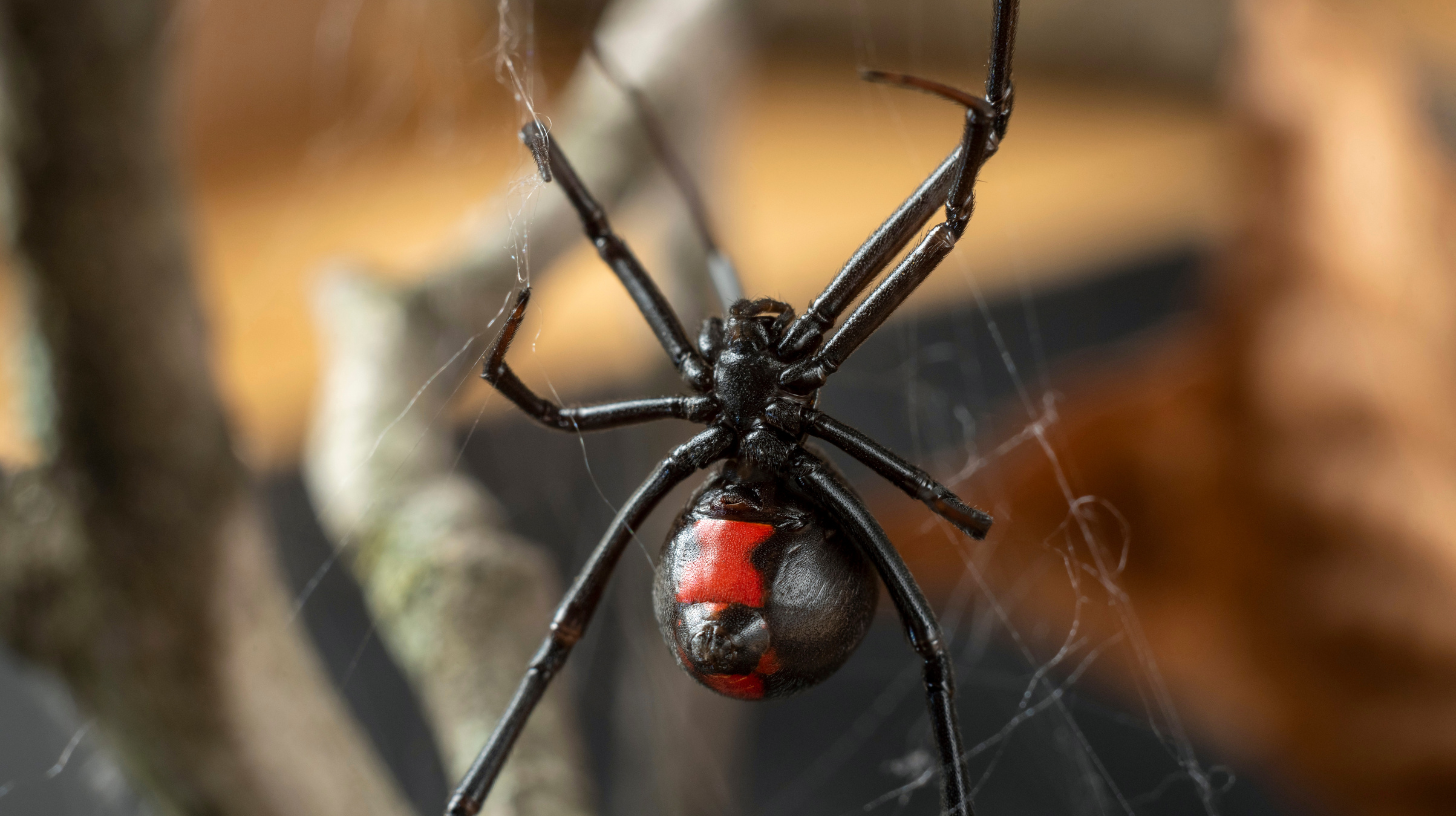
PEST TALK: SPIDERS
Where to Begin
Creepy, crawly, and often misunderstood—spiders are among the most common household pests. While many species are harmless and even helpful in controlling other insects, some can pose risks to your family and pets. From cobwebs in the corners to venomous species lurking in hidden spaces, spiders are a problem you don’t want settling into your home. In this guide, we’ll uncover why spiders are more than just a spooky nuisance, the dangers they bring, and how to keep your living space safe and spider-free.
Quick Navigation
🕸️ What Are Spiders? Learn their habits, where they hide, and how infestations begin.
🔒 Prevention Tips Use our FREE Spider Prevention Checklist to protect your home.
By submitting this form, you are consenting to receive marketing emails from: Stride Pest Control. You can revoke your consent to receive emails at any time by using the SafeUnsubscribe® link, found at the bottom of every email. Emails are serviced by Constant Contact
Why Spiders Are a Serious Problem
Spiders may not swarm like ants or fleas, but their presence in your home can quickly become unsettling. Some species, like black widows or brown recluse spiders, carry venom that can pose health risks. Even harmless spiders can leave messy webs across ceilings, corners, and storage spaces, making your home feel cluttered and uncomfortable. Once they settle in, they often multiply quietly in hidden areas.
Health Risks & Dangers of Spiders
✔️ Painful Bites – While rare, some spiders can deliver venomous bites that require medical attention.
✔️ Allergic Reactions – Spider bites may cause swelling, itching, or even allergic responses in sensitive individuals.
✔️ Stress & Fear – Arachnophobia is real, and constant spider sightings can increase anxiety in your household.
✔️ Hidden Nests – Spider egg sacs can hatch hundreds of spiderlings, creating a sudden surge in population.
Common Hiding Spots of Spiders
Spiders thrive in quiet, undisturbed places where they can spin webs and hunt prey. Typical hiding areas include:
✔️ Basements, attics, and crawl spaces
✔️ Corners of ceilings and walls
✔️ Behind furniture and appliances
✔️ Storage boxes, garages, and sheds
✔️ Outdoor eaves, porches, and woodpiles
How to Spot and Prevent a Spider Infestation
Keep an eye out for these early warning signs:
✔️ Webs in corners, windows, or ceilings
✔️ Egg sacs clinging to webs or hidden in storage areas
✔️ Increased sightings of small insects (spider prey) in your home
✔️ Actual spider sightings in multiple rooms
✔️ Family members experiencing unexplained bites or irritation
Spider Prevention Checklist for Homeowners
🟩 Seal cracks, gaps, and entry points around doors and windows
🟩 Keep storage areas organized and clutter-free
🟩 Regularly vacuum and dust corners, ceilings, and baseboards
🟩 Remove webs and egg sacs promptly
🟩 Trim bushes, trees, and shrubs away from your home’s exterior
🟩 Store firewood outside and away from walls
Why Professional Spider Control Is the Best Option
DIY methods may help reduce webs temporarily, but they rarely tackle the source of the problem. Professional pest control targets both spiders and the insects they feed on, breaking the cycle of infestation and giving you long-term relief:
✔️ Detailed Home Inspections – Identifying spider species and hotspots
✔️ Safe, Targeted Treatments – Designed to eliminate spiders without harming your family or pets
✔️ Integrated Pest Management – Reducing the insects that attract spiders in the first place
✔️ Year-Round Protection – Ongoing prevention keeps spiders from returning
Don’t Let Spiders Spin Out of Control
One web in the corner can quickly lead to dozens more. Protect your family and your home by staying proactive against spiders.

